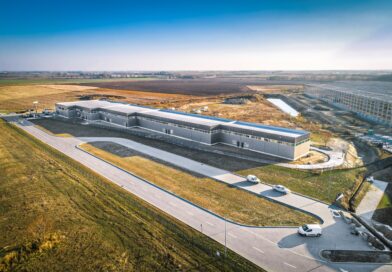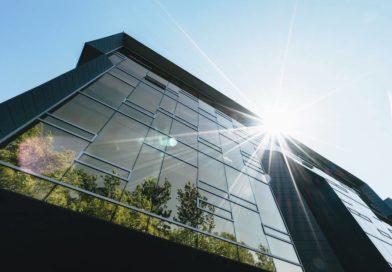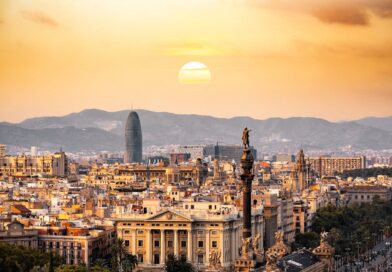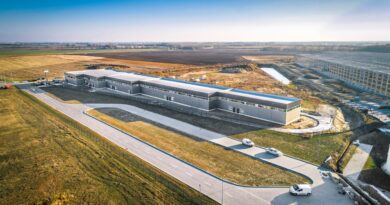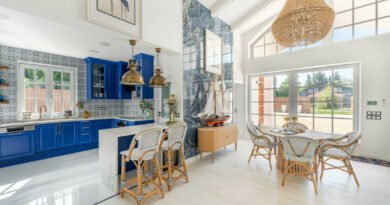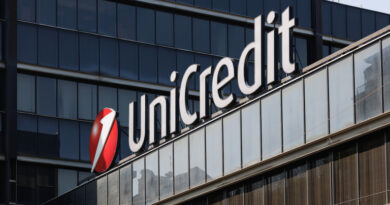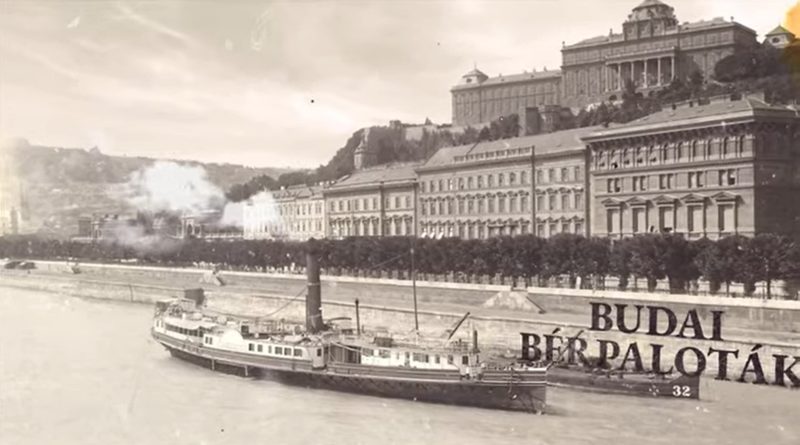Prestige makes Danube shore important
Prestige is what first attracts developers to the Danube shore when seek a suitable site for their office buildings. In Pest, the area south of Stúdium Irodaház is gaining popularity, as it is already next to the Könyves Kálmán körút projects near Lágymányosi Bridge. And plans exist for areas even further south. It seems that developers are pleased to move to that area.
The Danube is added value for all segments of the real estate market. Moving to the riverside is prestigious in all respects. In the office market, too, are seen many examples of the river’s attractiveness. Renters like the areas similar to the well-known Infopark. Stúdium Irodaház, just one of the myriad of projects planned or being built near the river, is expected to take advantage. Although in some experts’ opinions, the advantages of the Danube cannot be thoroughly exploited and it is uncertain that the frequently mentioned ship traffic can actually connect the buildings with city life, both developers and entrepreneurs show clear interest in the riverside areas. The attraction, of course, is greater in areas where no quay separates the river from the town, and the contact is direct.
On the Pest side, attention in the office market has been called to the projects of TriGránit Group, as the Millennium Tower I was built next to the National Theatre and the Palace of Arts. The present and future popularity of the area among renters is proven by the fact that one of the telecom companies rented a significant part of the building when it was not even structurally completed. And the development continues, with the 40,000 square meters of Millennium Towers II and III to be ready by January 2008.
“The greater part of the Danube shore south of Szabadság híd has been rehabilitated over the past years, and ever since it has become attractive for renters,” said Equis Ingatlantanácsadó Kft managing director Klaus Valter told us. According to Valter, that success is mainly based upon good transport conditions, as both the M1 and M5 highways are easily accessible, and connection with the inner city is not so difficult either. And the Danube shore means luxury for companies who want good representation for themselves: They choose the panoramic view of the river and the Buda side instead of the wall of the neighboring office building, in order to make their everyday life one of high standard. Besides, the vicinity of the river automatically suggests a living contact with nature, as the experience of Graphisoft shows: Companies and their employees working there really like the area because of the green environment and fresh air.
On the Pest side, more projects are planned. The area remaining after the demolition of the public warehouse buildings is excellent, but developments will start near Petőfi Bridge as well. “Here, the former MOL building was demolished recently, and it will be replaced by an office building,” explained the managing director.
According to Valter, this area can be handled as a unit, together with the other area near Lágymányosi Bridge: the Könyves Kálmán körút section. Also the large green area and the good location can be attractive in Népliget Center, a Skanska project. Companies seeking to break free of downtown, but not wishing to relocate to Budaörs or any other southern conurbation, will be pleased to find premises near the Danube. Valter believes, the Pest shore of the Danube can depend on fantastic opportunities in the next four or five years.
“The value of the areas south of Petőfi Bridge increased because of the simple fact that the city got there,” said Wallis Ingatlan deputy CEO Gergely Árendás. The mostly industrial area has totally changed by now: In the neighborhood of Mester utca were once only warehouses and deteriorated buildings, but today the situation is different. As a result of continuous development, this area has also revived, and prospective renters also look for it in the market.
Although Duna City, located beyond Lágymányosi Bridge in the southern part of the area, did not win the competition for the massive government district project, according to the investors it will not hinder the realization of the project. Everybody agrees that the whole southern region of the capital city would have been boosted if the government had opted for a more courageous version instead of the simplest one. The ministerial complex would have increased the value of the projects on Csepel sziget and in South Buda considerably. It is also certain that the development of the local transport infrastructure would have been hastened by that. Gergely Gulyás Kovács, co-owner of DunaCity, and strategic director of Quaestor, told ReSource that the government’s decision does not change the original plans, and in the city center planned for the riverside area behind Kvassay-gát, roughly 200,000 square meters in rentable office area will be developed.
“A panoramic view to the Danube creates a pleasant environment, and as experience shows, it contributes to a better working atmosphere,” said Krisztina Pál, DTZ Hungary real estate advisor. The river and the surrounding green area mean peace and a more “natural” world for renters. So it is not by chance, that in past years development of the areas north and south from the Lágymányosi bridge has begun. According to Pál, infrastructural projects also assist this positive change. Among these infrastructural developments, Határ út, Haller út, Kőbányai út, Közraktár utca and Soroksári út were the most significant. It is a good tendency that the roads still made of cobblestone are under renovation.
“Also the presence of the HÉV commuter line has contributed to the development of the area. Among future public transport projects, metro line 4 is the most promising, making southern Buda well accessible and putting a station on the Pest side of Szabadság Bridge,” Pál reminded. Besides, tram 1 will give momentum to the 9th district projects, as according to the plans it will cross Lágymányosi Bridge, connecting southern Pest with another area. When a Danube-bank office building is designed, attention must be paid to the other side of the river: the building must offer a grand sight for those looking at it from there.



